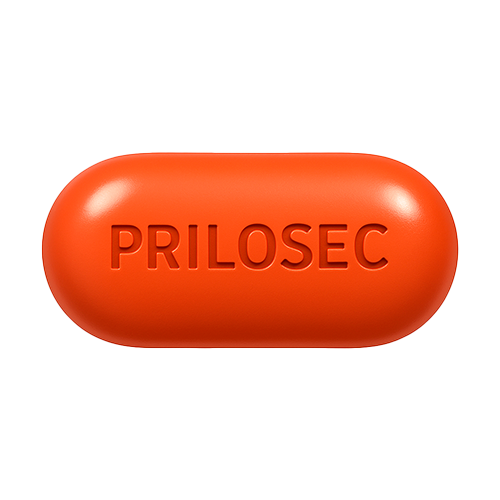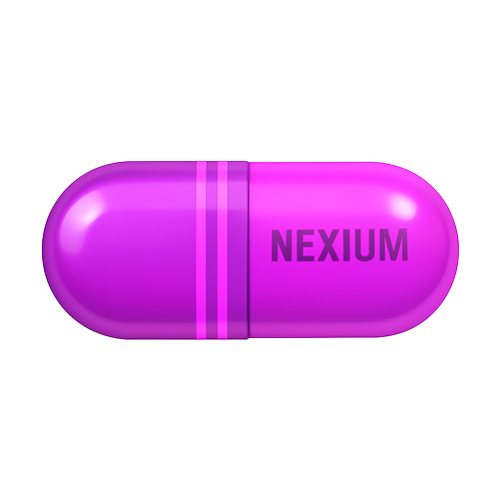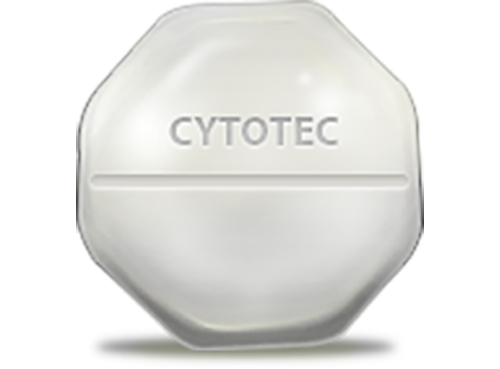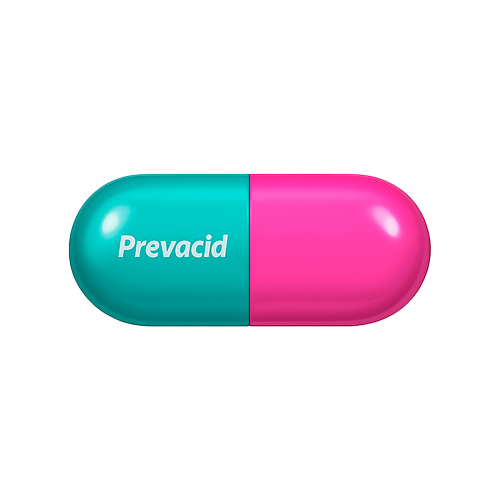Prilosec Product Description
Prilosec is a well-established proton pump inhibitor that effectively reduces stomach acid by blocking the final step of its production in the gastric lining. It is commonly prescribed to adults, the elderly, and even children over the age of one to manage a variety of acid-related gastrointestinal disorders. By targeting acid at its source, Prilosec helps relieve symptoms such as heartburn, indigestion, and inflammation caused by gastroesophageal reflux disease (GERD). Its broad spectrum of action and favorable safety profile make it a go-to therapy for both short-term relief and long-term acid control.
Drug Uses
Prilosec is used in the treatment of multiple gastrointestinal conditions, including stomach and duodenal ulcers, GERD, and pathological hypersecretory disorders such as Zollinger-Ellison syndrome. It is also effective in healing ulcers caused by Helicobacter pylori infection, typically when combined with antibiotics like clarithromycin or amoxicillin. Prilosec has shown high efficacy in treating NSAID-induced ulcers in both adult and elderly populations, and is approved for pediatric use in children older than one year with reflux-related issues such as erosive esophagitis. Its ability to provide consistent acid suppression across age groups makes it a valuable tool in gastroenterological care.
Dosage Information
For adults and elderly patients with GERD, the usual daily dose of Prilosec ranges from 20 to 60 mg, depending on the severity of the condition. In pediatric patients, the dose is adjusted based on body weight and typically ranges from 5 to 20 mg per day. Proper dosing is crucial for optimal therapeutic results and should always follow the recommendations of a healthcare provider. The medication may be taken with or without food, but consistent daily intake is recommended to maintain acid control.
Missed Dose
If you miss a dose of Prilosec, take it as soon as you remember. However, if it’s nearly time for your next scheduled dose, skip the missed one and return to your regular dosing routine. Avoid taking two doses at once, as this could increase the risk of side effects. Maintaining a consistent dosing schedule is key to keeping symptoms under control and ensuring treatment success.
More Information
When treating ulcers related to Helicobacter pylori infection, Prilosec is often used in combination therapy with antibiotics. Patients are strongly advised to complete the full course of treatment without interruption, even if symptoms improve early. For children or adults who have difficulty swallowing capsules, Prilosec is available in an oral suspension form that should be prepared immediately before administration. This versatility allows for easier use across different age groups and medical needs.
Storage
To maintain its effectiveness, Prilosec should be stored in a tightly sealed container at room temperature not exceeding 30°C. Keep the capsules protected from moisture and heat, and store them out of reach of children. Always check expiration dates and follow proper storage guidelines to ensure safe usage.
Prilosec Safety Information
Warnings
Because Prilosec can mask the symptoms of serious conditions like stomach cancer, it is important to undergo appropriate diagnostic evaluations before and after initiating treatment. Prolonged use should be supervised by a healthcare professional, especially in patients with underlying gastrointestinal disorders. If new or unusual symptoms arise, medical advice should be sought promptly to rule out more serious health issues.
Disclaimer
The information provided about Prilosec is intended for educational purposes only and should not be used as a substitute for medical advice from a licensed healthcare provider. Always consult a gastroenterologist or qualified health professional for guidance on diagnosis and treatment. The online source is not liable for any consequences arising from the misuse or misinterpretation of this information.
Prilosec Side Effects
Prilosec is generally well tolerated, but as with any medication, some individuals may experience side effects. Common reactions include diarrhea, constipation, nausea, flatulence, headache, and mild abdominal discomfort. Occasionally, patients may report inflammation of the tongue or a sensation of bloating. Rare but more serious effects may include vision disturbances, agitation, allergic reactions, hyponatremia, joint pain, or bronchial spasms. In pediatric cases, especially in children aged 1 to 16 years, respiratory symptoms and fever have been observed. Most side effects are mild and temporary, but any persistent or unusual symptoms should be discussed with a doctor.










Reviews
There are no reviews yet.